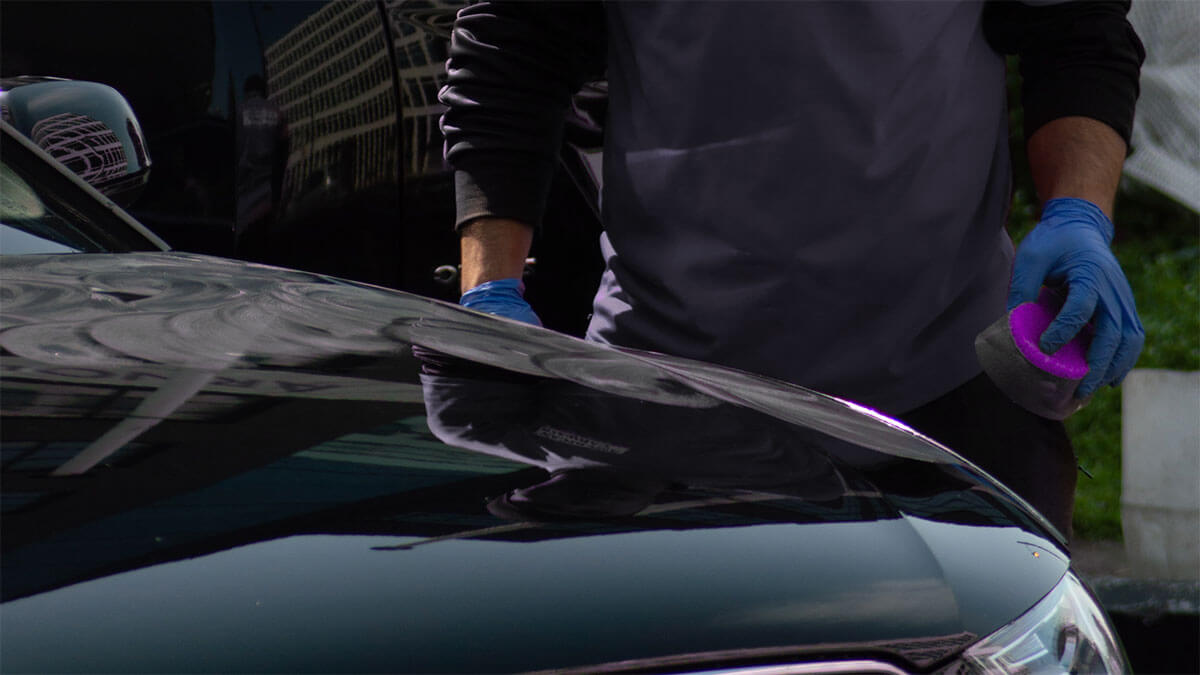
In these ongoing strange times, all of us are scrubbing our hands like Howard Hughes in that famous scene from the Aviator, where the great man is portrayed brilliantly by Leonardo Di Caprio. Fleet managers everywhere are reading up on ‘how to clean and disinfect your vehicle’. And rightly so.
The COVID – 19 outbreak has put most of the planet on hold. But fleets make up one of the most important industries that are still working through it. If you’re one of them, or a small business owner with a fleet of vehicles, you may be on the lookout for the best tips and tricks, to make sure your fleet drivers and customers stay safe; so you can keep managing your fleet during the pandemic.
From the management side you can, of course, remotely manage your fleet; and probably run it just as smoothly as before. However, your fleet drivers are out there on duty every day, using your business vehicles and are in danger.
What danger?
The main issue is the fact that, according to recent studies, the bacteria related to COVID -19 (coronavirus), can live on surfaces in excess of 72 hours. And so, drivers should be wearing face masks and gloves. Additionally, cleaning and disinfecting all surfaces with approved cleaners and disinfectants is essential. That is, to remove traces of these bacteria and reduce the risk of transmission.
How to disinfect your vehicle(s): introduction
With COVID-19 and with making sure you disinfect your vehicle properly, the main issue is the virus’ resiliency. If surface areas are not properly cleaned, they’re a prime source of contamination for the next fleet driver; or anyone who comes into contact with the vehicle, for that matter .
As the World Health Organisation(WHO) point out:
“It is not certain how long the virus that causes COVID – 19 survives on surfaces, but it seems to behave like other coronaviruses. Studies suggest that coronaviruses(including preliminary information on the COVID – 19 virus) may persist on surfaces for a few hours or up to several days. This may vary under different conditions(e.g. type of surface, temperature or humidity of the environment).If you think a surface may be infected, clean it with simple disinfectant to kill the virus and protect yourself and others. Clean your hands with an alcohol-based hand rub or wash them with soap and water. Avoid touching your eyes, mouth, or nose.”
The key point is that while your drivers are out on the road, they are exposed to the bacteria or the virus; these can easily follow them back to their vehicles.
5 key tips to disinfect your vehicle
1. Clean commonly touched surfaces
That includes surfaces that are usually heavily soiled or dirty before and after operation and before disinfecting; wearing chemical gloves (i.e. synthetic rubber or medical gloves) is a great way to keep you safe; although wearing gloves is not a guarantee. It will not stop transmission if you touch a potentially contaminated surface and then touch your face or other surface with the gloves on.
2. Use approved disinfectants
Follow cleaning activities by applying an approved disinfectant; wearing chemical gloves (i.e. synthetic rubber or medical gloves) is again highly recommended.
3. Mind commonly used vehicle surfaces
All commonly touched surfaces used to access and control the vehicle should be cleaned and disinfected; common surfaces include but are not limited to: car door handles and controls, keys or start button, steering wheel, gear shift, seats, all buttons and knobs on your dashboard, sun visor, anything touchscreen, the console and any cup holders.
4. Clean and disinfect before every shift
Repeat cleaning and disinfecting practices at end of shift or before vehicle exchange
5. Avoid unwarranted sharing of vehicles
Discourage the use of one vehicle by multiple drivers if not needed, as this will minimize the risk of spreading any bacteria.
For all the above points, it goes without saying that your drivers must also wash their hands rigorously before and after each activity. And a bonus point here is that, of course, all viruses are affected by temperature and humidity. So encourage your drivers to leave some windows open to allow air flow.
Finally…
In the United States – as well as in other countries around the world – many authorities and official sources (departments of transportation of different States for example, have issued special related guidelines. It’s your responsibility as a fleet manager to make sure they follow such instructions to the letter. It only takes one driver’s carelessness to ruin the collective effort. So, make sure you disinfect your vehicles.
Keep your fleet vehicles sanitized and your fleet drivers safe. Good luck!